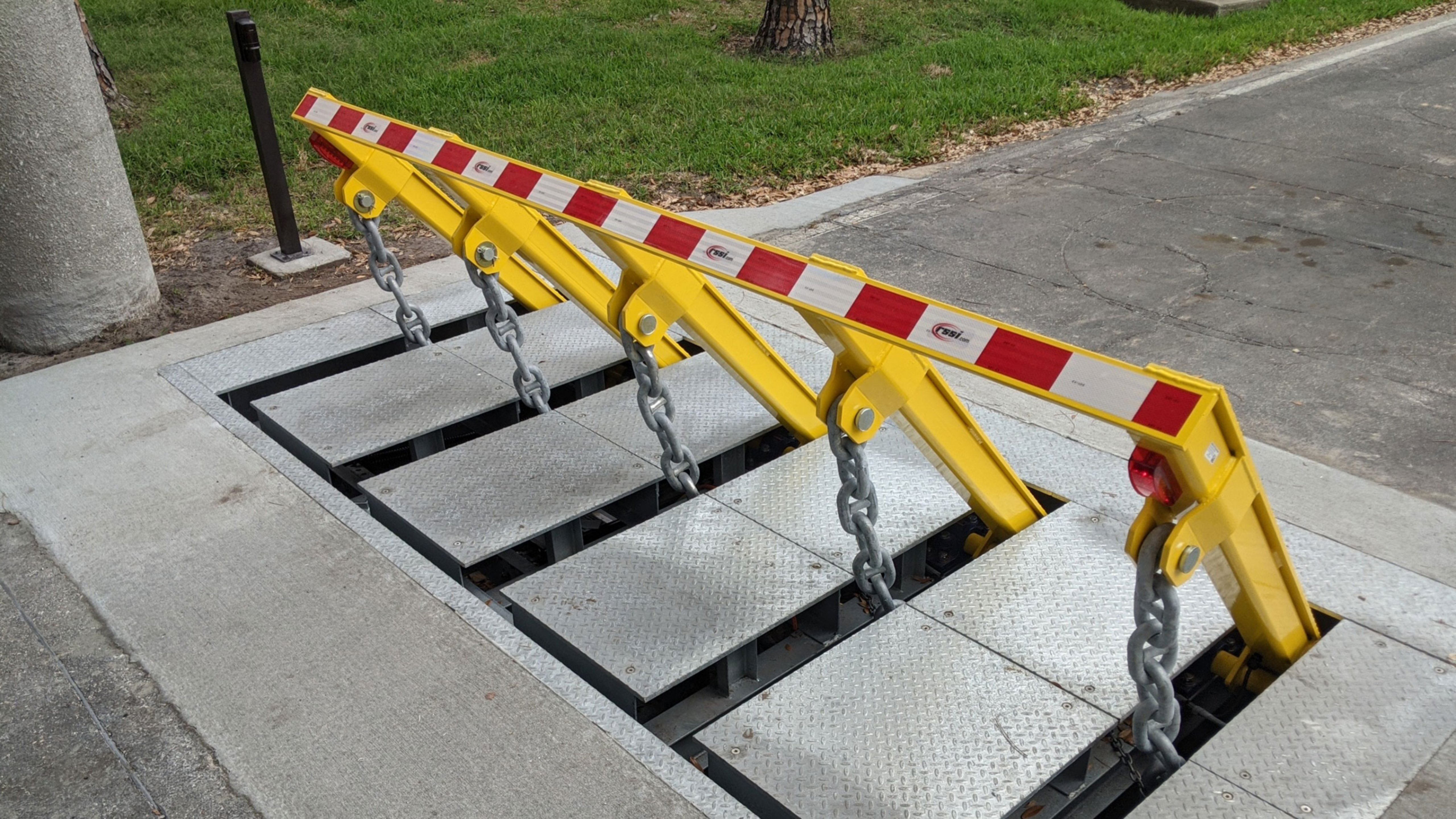Crash Beam Installation, Maintenance & Repair

Installing, maintaining, and repairing crash beams (also often identified as crash obstacles or guardrails) require cautious planning, attention to detail, and adherence to safety standards. Here are tips for every stage:
Installation:
Site Assessment: Conduct an intensive evaluation of the set up website. Consider factors similar to street format, traffic circulate, terrain, and potential impression points. This assessment will assist in figuring out the appropriate kind of crash beams needed for the specific location.
Compliance: Ensure compliance with native regulations and security standards. Different areas could have specific necessities for crash beam design, placement, and materials.

Selection of Crash Beams: Choose crash beams that are suitable for the meant objective and visitors quantity. Consider factors such as beam height, length, material (typically steel or concrete), and finish treatments (such as terminals and anchorages).
Proper Installation: Follow producer guidelines and safety standards throughout set up. Properly set up and secure the crash beams, guaranteeing they are appropriately anchored to face up to impacts and forestall them from becoming hazards themselves.
Reflective Markings: Install reflective markings or delineators on the crash beams to boost visibility, particularly during low light conditions.
Maintenance:
Regular Inspections: Schedule routine inspections to assess the condition of the crash beams. Look for signs of wear, injury, or corrosion. Inspections should be conducted at least annually, but high-traffic areas would possibly require extra frequent checks.
https://perimetersecuritypartners.com/our-products/wedges/ : If any harm is detected throughout inspections, assess its severity. Minor injury would possibly require simple repairs, whereas extensive harm could necessitate beam substitute.
Cleaning: Keep the crash beams clear and free from particles, vegetation, and snow accumulation. Accumulated debris can obstruct drainage, leading to corrosion and compromising the integrity of the crash beams.
Rust Prevention: If the crash beams are manufactured from metal, apply rust-resistant coatings or paint to forestall corrosion. Regularly inspect painted surfaces for chipping or peeling and restore any broken areas promptly.
Repair:
Immediate Repairs: Address minor damages promptly. Small dents or scratches may be repaired with out replacing the whole crash beam. Repair damaged areas according to producer pointers and safety standards.
Professional Repairs: For vital damages or structural points, it's advisable to hire professionals skilled in crash barrier repairs. They can assess the harm accurately and perform essential repairs to ensure the crash beams are restored to their authentic safety standards.
Replacement: If the crash beams are severely damaged or compromised, substitute might be the most secure choice. Always use crash beams that meet present safety standards and comply with native laws.
Documentation: Maintain detailed records of inspections, repairs, and replacements. Proper documentation ensures that you can observe the maintenance historical past and reveal compliance with safety requirements if required.
By following these guidelines for installation, upkeep, and repair, crash beams can effectively fulfill their objective of enhancing street safety and preventing accidents. Always prioritize safety, compliance, and high quality when working with crash barrier systems..
